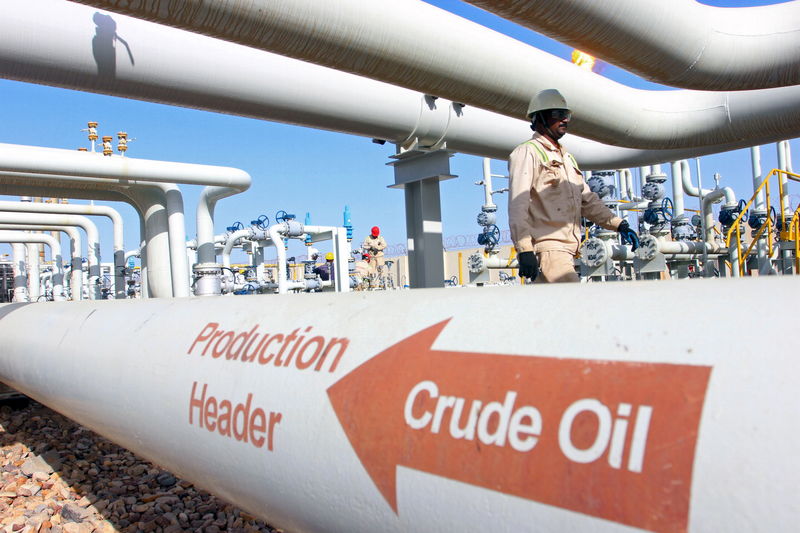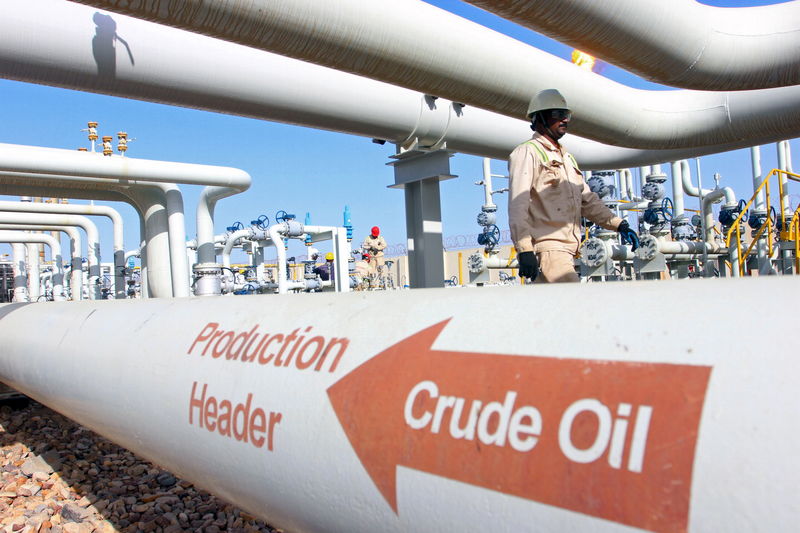
Investing.com– Oil prices dropped slightly from four-month highs in Asian trade on Friday, experiencing some profit-taking and pressure from the dollar as hotter-than-expected U.S. inflation data heightened fears of a more hawkish Federal Reserve.
However, crude prices were poised to increase by more than 4% this week, with futures maintaining above the $85 a barrel threshold as indications of improving U.S. demand and tightening fuel markets led to substantial gains throughout the week.
Contracts expiring in May declined by 0.2% to $85.26 a barrel, while prices fell by 0.2% to $80.58 a barrel by 21:42 ET (01:42 GMT).
Prices were influenced by a stronger dollar, which surged on Thursday following inflation data that exceeded expectations for February. The data, which emerged just days before a Fed meeting, heightened concerns that the central bank would maintain higher interest rates for an extended period in 2024.
Oil rests on substantial weekly gains due to a tighter supply outlook
Brent and WTI contracts were on track to add nearly 4% each this week after a larger-than-anticipated reduction in U.S. inventories indicated improving demand in the world’s largest fuel consumer.
The White House was observed purchasing over 3 million barrels of oil to replenish the Strategic Petroleum Reserve.
In addition to the reduced U.S. inventories, devastating Ukrainian attacks on a crucial Russian fuel refinery posed a potential threat to disrupt fuel supplies in parts of Asia and Europe, presenting a tighter supply outlook for oil markets.
This, combined with ongoing geopolitical disruptions in the Middle East, particularly the Israel-Hamas conflict and the Red Sea Houthi attacks, indicated tighter oil markets in the months ahead.
Anticipated demand supported by OPEC, IEA projections
Both the Organization of Petroleum Exporting Countries (OPEC) and the International Energy Administration forecast robust oil demand in 2024 and 2025, as outlined in separate monthly reports released this week.
The IEA specifically raised its demand forecast for 2024 and indicated that fuel supplies were likely to further tighten as disruptions in the Middle East persisted.
However, the IEA cautioned that decelerating global economic growth posed a challenge to oil demand. The IEA’s warning also contributed to concerns regarding prolonged higher interest rates in 2024.



